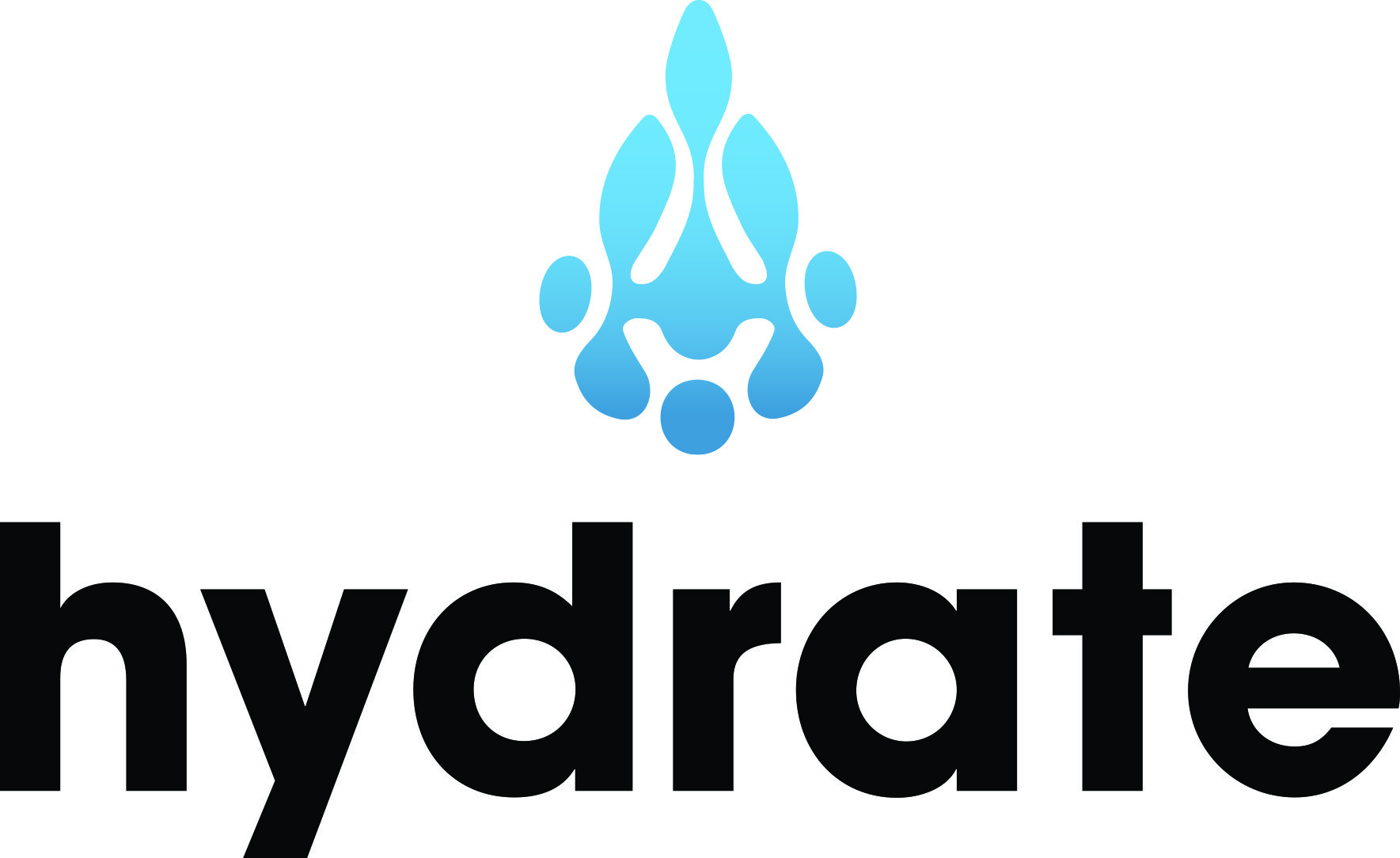In the era of constant online communication, it can be quite easy to commit a social faux pas. When typing at a screen instead of talking face to face, people tend to "act" differently. The rise of social media has created a plethora of platforms for “cyber bullies” and “trolls” to anonymously criticise whoever and whatever they want from the safety and comfort of their own homes. What might surprise you, however, is that even people you communicate with for business purposes might not know how to conduct themselves online.
Miss Manners probably never imagined electronic mail and the etiquette that would be required when communicating this way, but now that email has been in vogue for decades there are some definite universally agreed upon guidelines that you should follow to make your best online impression. You don’t want to come off as unprofessional, uneducated, or just plain rude by accident, do you? No.
Instead, read the following top five email etiquette tips before you log on next:
- Always Respond ASAP:
Always respond to a message. Even if you get a message that wasn’t meant for you, it’s polite to reply and let the sender know that they’ve made a mistake. If you unknowingly sent a message to the wrong recipient and were anxiously awaiting a response, you’d want someone to do the same for you. If you can, respond to each email within 24 hours after you received it. If you can’t respond quickly, set up an out-of-office auto response. Or if you’re in the office but busy, send a reply saying that you’ll answer the sender’s questions as soon as you can so they know you’re not ignoring them. Nobody expects you to be glued to your computer, at least they shouldn’t, but they do expect you to be reliable, especially when you’re at work.
- Watch Your Tone:
Without facial expressions and vocal tone, it’s hard to interpret words. That’s why it’s best to be straightforward in emails. Never send an email that you write when you’re in a heightened state of emotion. If you write an angry message, consider saving it as a draft and rereading it once you’ve calmed down before you press the send button. If you need to speak to someone about something that has angered you with good reason, or if you need to deliver some form of bad news, it’s best to just pick up the phone and call instead. If you’re dealing with something sensitive, it will be easier to communicate through conversation in which the vocal tones are clear.
The Ultimate Guide to Monitoring Social Media in 10 Minutes Per Day
It’s even best to avoid using humor in emails, especially when conducting online business. Jokes and sarcasm can easily be misinterpreted. Plus, you might think something is funny, but that doesn’t mean everyone else agrees with you. It’s probably best not to take the risk. You can be positive and friendly in an email without cracking jokes, and you should be. Always say “please” and “thank you,” and read your message out loud before sending it if you’re afraid it might come off as either too harsh or too casual.
- Respect Everyone’s Privacy:
Emails get hacked, leaked, and just sent to the wrong people by accident all the time. This is another reason why sensitive information should be delivered in person or over the phone instead of online. Never put something in an email that you wouldn’t feel comfortable sharing with pretty much anyone, just in case. This is especially important when using email for business because your clients expect you to keep their confidential information private, no matter the form of communication. Emails leave a permanent trail and you don’t want to learn this the hard way. So don’t be concerned about being overly cautious. After all, certain information sent to the wrong people could even lead to legal trouble.
- Organize Your Messages Appropriately:
Just like most forms of writing, emails have a set format that you should follow if you want to look like you know what you’re doing. First of all, the “To” field of an email is for people who will need to take action in regards to the message you’re sending. The “Cc” field is for people who definitely need to be kept in the loop but may not need to join the conversation. The “Bcc” field is best used in mass emails and these recipients definitely do not need to respond. Use this field when sending a message to a bunch of people that may not know each other. This is another important aspect of email privacy; if you send a mass email using “To” or “Cc,” then you’re giving everyone access to all of those included email addresses. You shouldn’t do this unless you have every single recipient's permission.
Next up, you’ll have to write a clear subject line. Each new subject you want to bring up should be a new email, even if you’re talking to the same person you’ve already started a thread with. If you do this, it will be easier for people to figure out what your message is about just by reading the subject lines, and your threads will all be recent and relevant. The subject line is just a small part of an email, but it is often what convinces people to open the message, or what convinces them not to. Most people have overflowing inboxes these days so really put in the effort to make these little titles as clear and concise as possible if you want people to read your emails. Include a positive greeting in the body of your email and keep the rest of what you have to say as organized as possible so that it’s pleasant to read.
Also, it’s just as important to end your emails professionally as it is to begin them professionally. It’s a good idea to set up a specific signature to appear at the end of every email you send. This “signature” should not just include your name, but also your contact information. If it’s a business email account, then make sure to include your company’s name and your job title as well. You can also include fun things, like your social media profiles or an image, but make sure you remain professional and that your basic information can be easily accessed by all recipients. Take the time to send the right messages, to the right people, with the right format.
- Triple Check Your Professionalism:
“Hi” and “hello” should be the least professional greetings that you use in business emails. Anything more casual than that should not even be considered. When addressing people, avoid nicknames. In the body of your email avoid slang, shorthand, and emoticons. Use appropriate punctuation, versus multiple question marks at the end of a sentence. Doing that, or using all caps, comes off as aggressive. Also use exclamation points sparingly. Even if you consider them professional enough, the more you use them, the less exciting it gets every time, which ultimately defeats their purpose. Proofread, proofread, proofread, for these errors as well as basic spelling and grammar. Reread everything, including the subject line, multiple times. Triple check who you’re sending the message to. Careful communication pays off and careless communication “hurts.”
If you think what you have to say if important, then treat it like it’s important. It doesn’t matter if some people consider email communication to be informal. If you want to be taken seriously, then it’s best to remain formal, even online. People are looking to conduct business with someone who is competent, thorough, reliable, trustworthy, and polite. If you follow the above tips, then you’ll prove your professionalism, even to those who haven’t met you in person yet.








